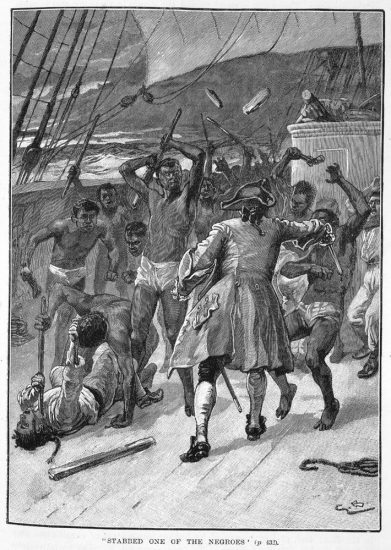
Depiction of the Creole slave revolt.
On Nov. 7, 1841, Madison Washington and 18 other enslaved people aboard the Creole rebelled, overwhelming the crew and killing John R. Hewell, one of the slave traders.
They were among 135 enslaved people being transported from Richmond to New Orleans. The Smithsonian Magazine explains,
“With great coolness and presence of mind” they gathered up all the ship’s weapons and the documents related to their enslavement, writes Michael Paul Williams for the Richmond Times-Dispatch. After some debate about where they should now go on the ship, writes BlackPast.org, they settled on the British colony of the Bahamas, forcing one of the crew members to navigate for them.
After landing in the Bahamas, because slavery was illegal in the British colonies, the Bahamians considered the majority of the enslaved people on the ship free.
However, the remaining people who had been involved in overtaking the ship were held and charged with mutiny — at the request of the American consulate.
As a consequence of the revolt, 128 enslaved people won their freedom in the Bahamas, then a British possession. Because of the number of people eventually freed, the Creole mutiny was the most successful slave revolt in U.S. history.
Continue reading this entry from the source, BlackPast.org.
Learn more from The Creole Mutiny: A Tale of Revolt Aboard a Slave Ship.

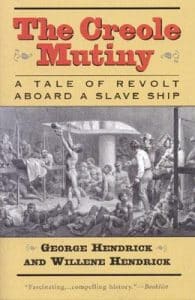


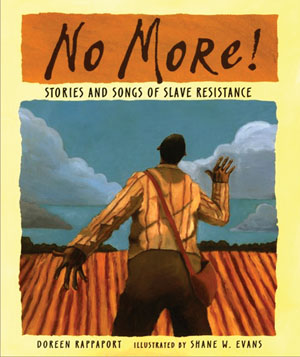
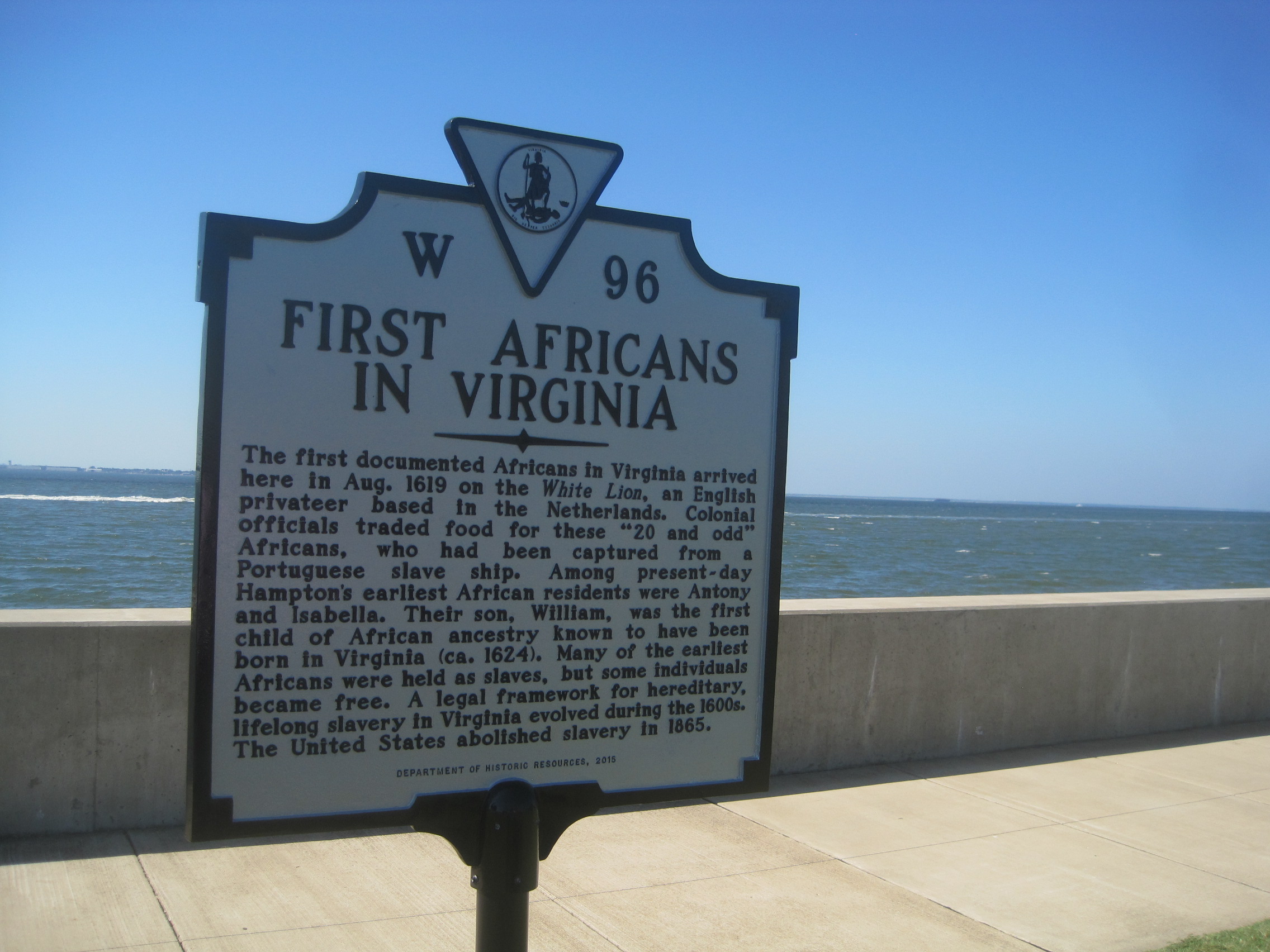
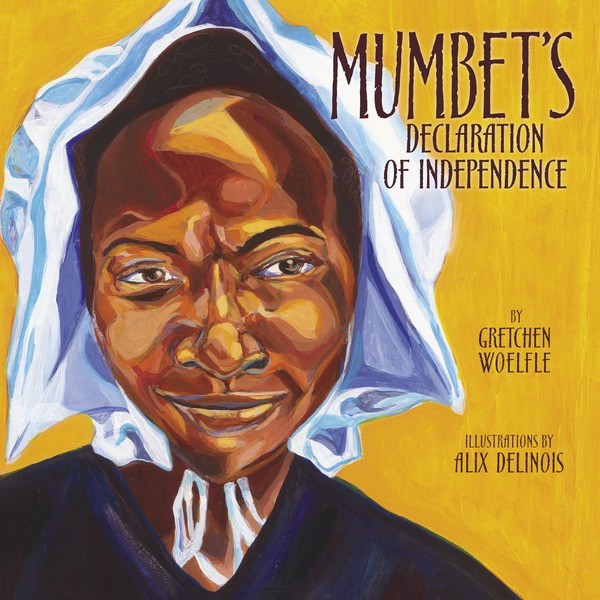
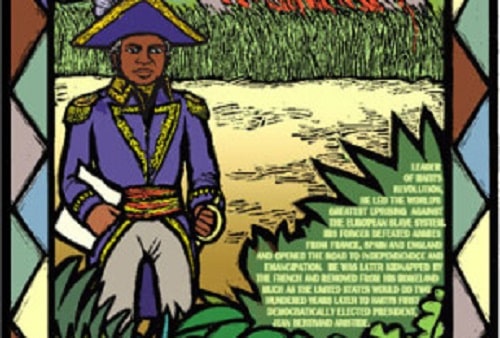
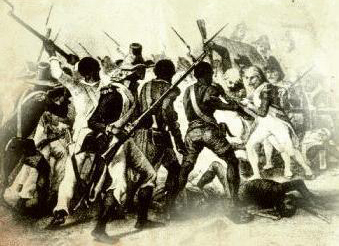
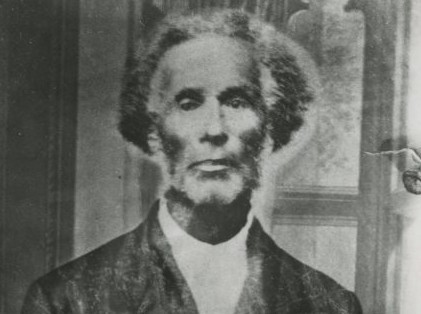
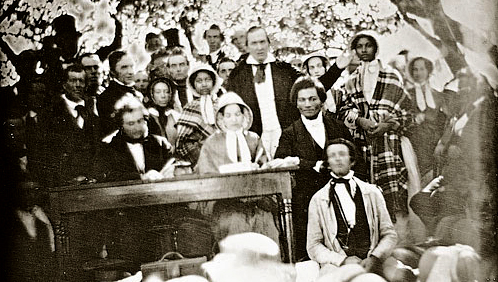
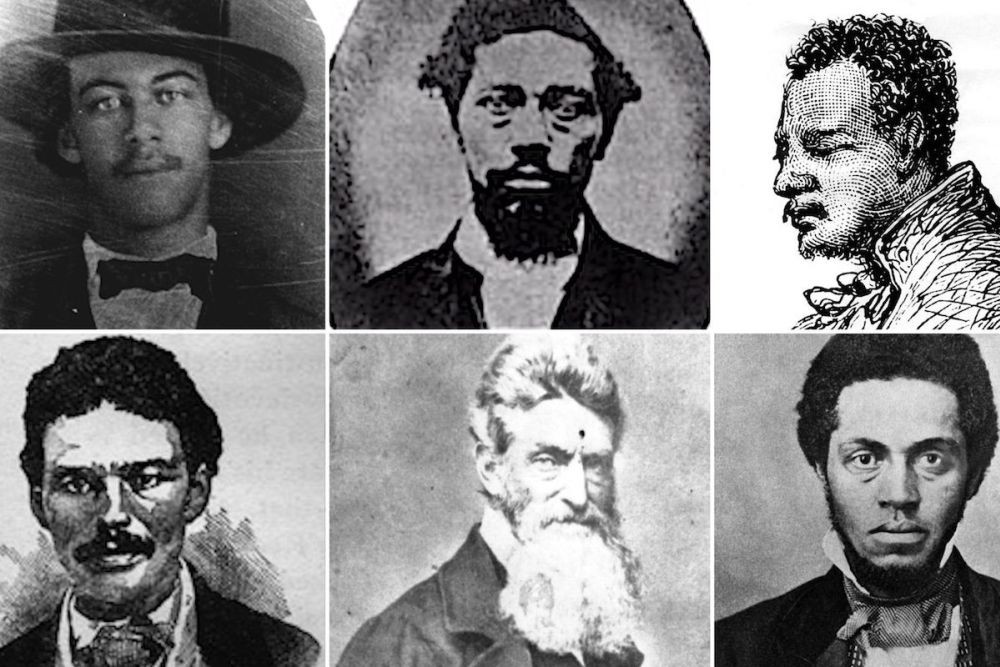
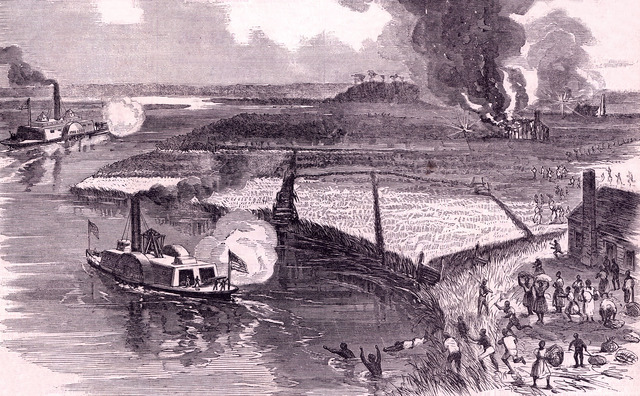





Twitter
Google plus
LinkedIn